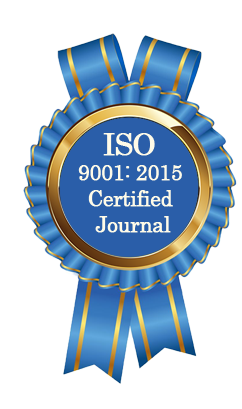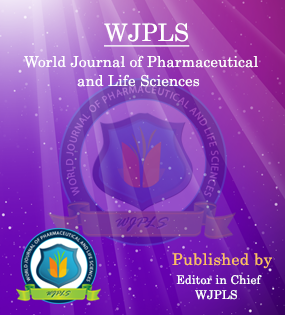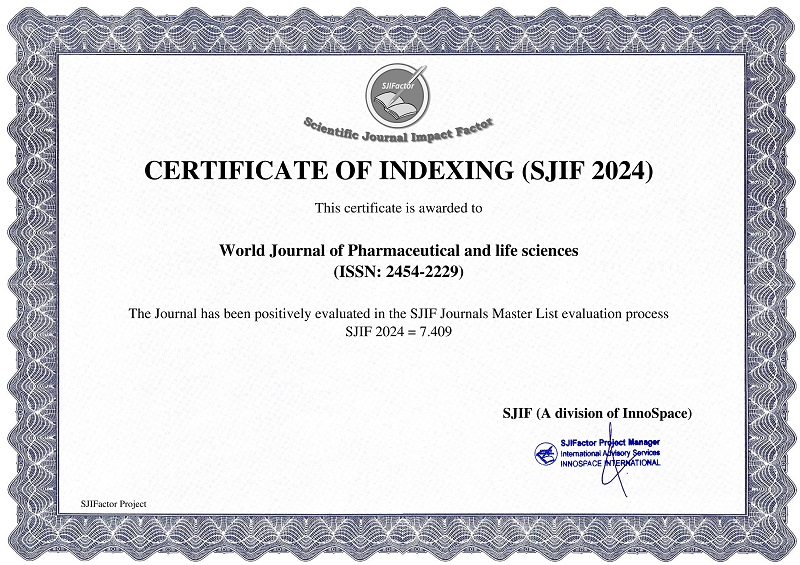Abstract
BEL (AEGLE MARMELOS L.) AS A POTENTIAL MEDICINAL TREE OF INDIA
Kanawade R. R.*, Bhusal R. L. and Jate R. B.
ABSTRACT
India is the world’s largest producer of medicinal plants, earning it The moniker “Botanical Garden of the World.” Medicinal plants Play a significant role in the health and vitality of humans and Animals alike. With growing burden of diseases, the use of natural plant products is increasing due to its minimal side-effects and economical aspect. Phytochemicals from medicinal plants serve as lead compounds for drug discovery and design. Aegle marmelos (L) Correa belonging to family Rutaceae is one of the most useful medicinal plants of India. In marathi Angle marmelos is also known as Bel. Bel has been proven to offer a useful role in ethnomedicine. Various parts of Bel like leaves, roots, stems, fruit, and bark are composed of different phytochemicals like alkaloids, cardiac glycosides, terpenoids, saponins, flavonoids, steroids, and tannins. They are used as medicine due to their medicinal properties, including anti-diarrhoeal, anti-dysentric, antipyretic, antimicrobial, wound healing, diuretic, antifertility, antioxidant, analgesic, anti-inflammatory, hepatoprotective, etc. In addition to being a medicinal plant that grows on hillsides, the worship of Lord Shiva requires the offering of Bel leaves as an obligatory ceremony in Hindu culture. Bel possesses a variety of characteristics that reflect the significance of a variety of attributes, whether religious or therapeutic.
[Full Text Article] [Download Certificate]WJPLS CITATION 
| All | Since 2020 | |
| Citation | 590 | 424 |
| h-index | 12 | 10 |
| i10-index | 17 | 14 |
INDEXING
NEWS & UPDATION
BEST ARTICLE AWARDS
World Journal of Pharmaceutical and life sciences is giving Best Article Award in every Issue for Best Article and Issue Certificate of Appreciation to the Authors to promote research activity of scholar.
Best Article of current issue
Download Article : Click here





